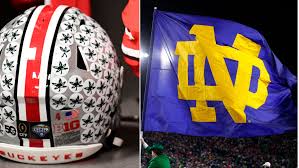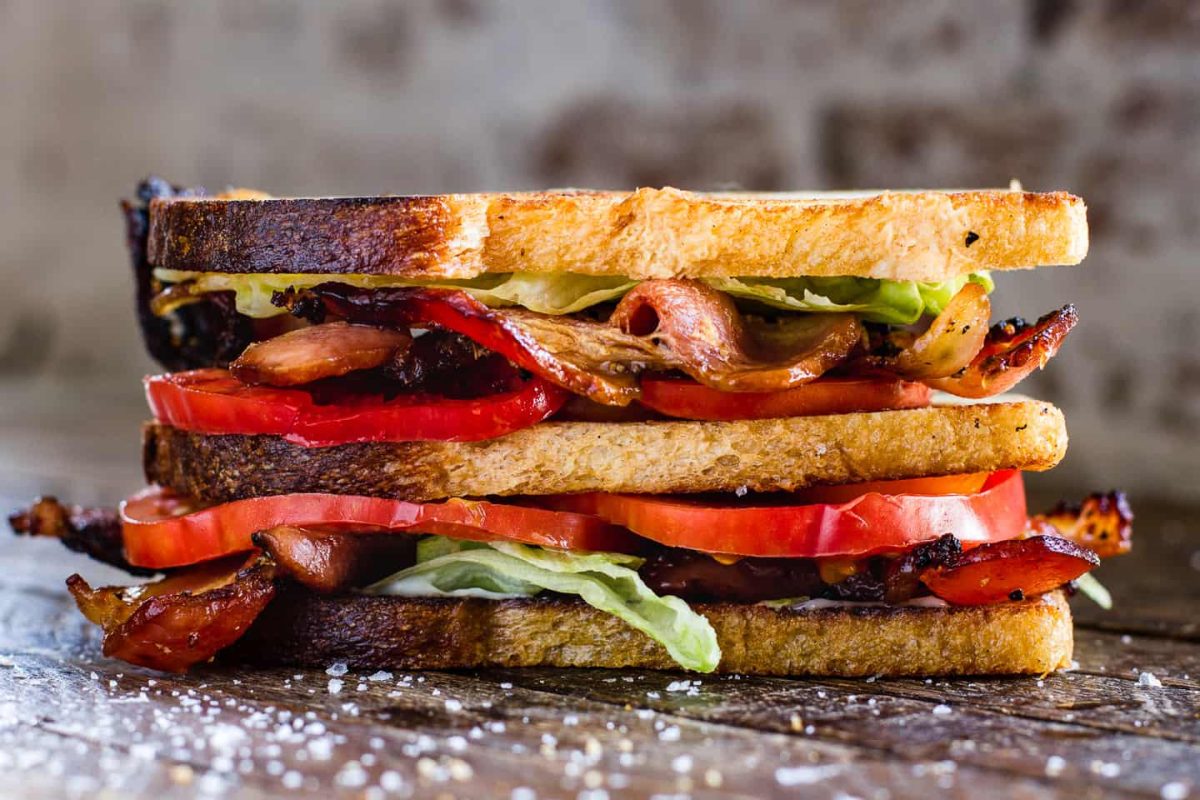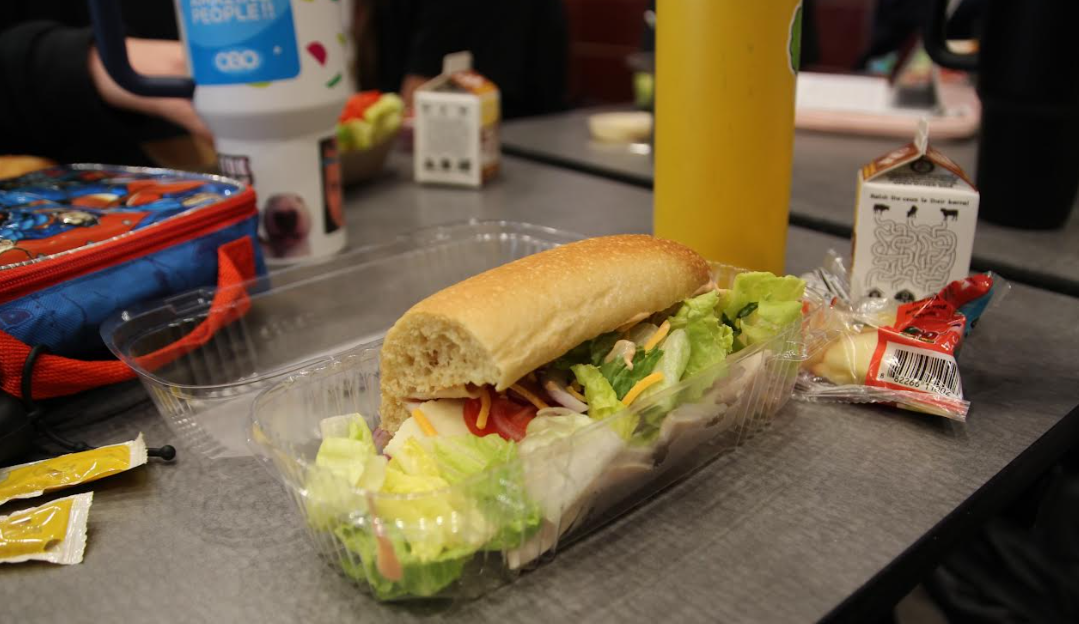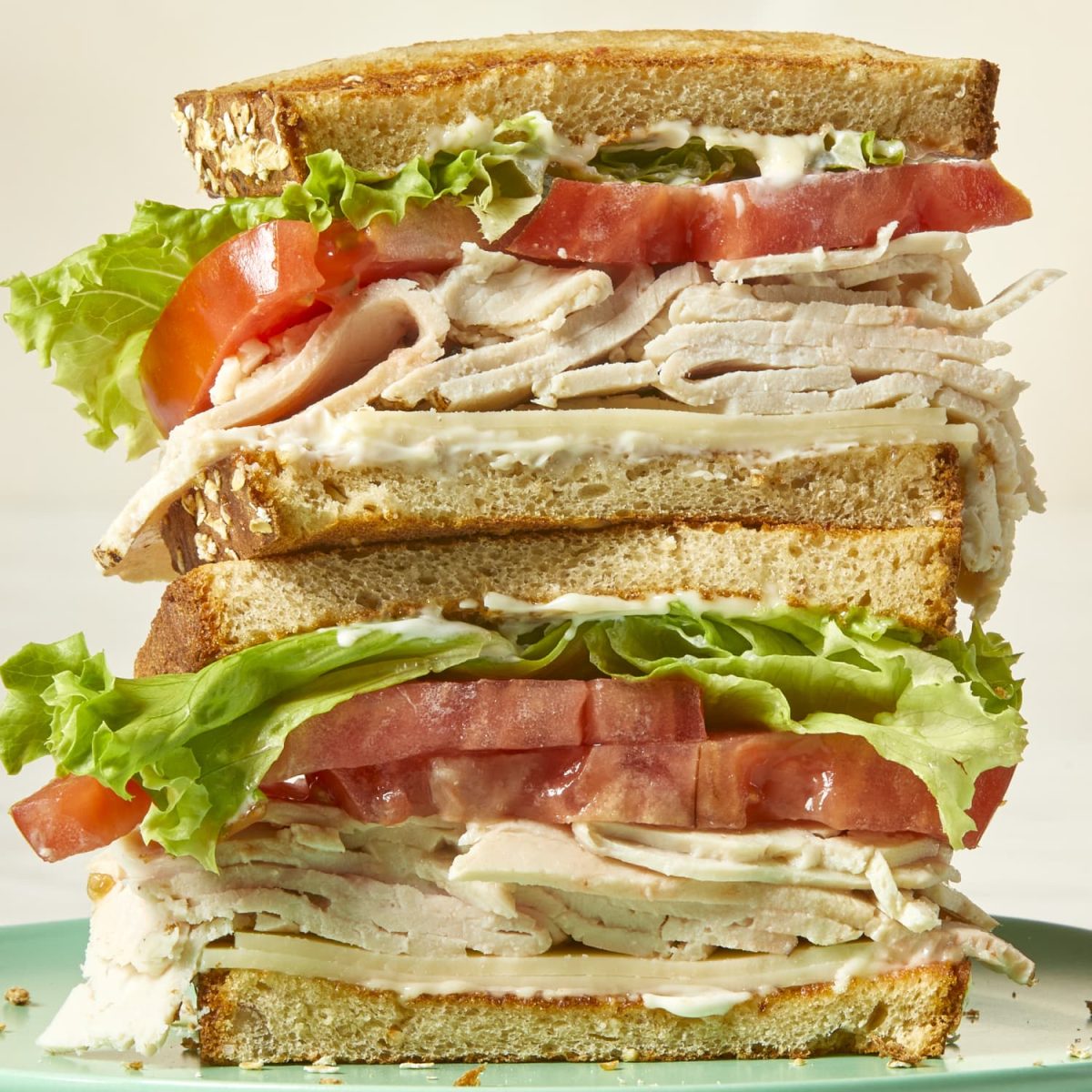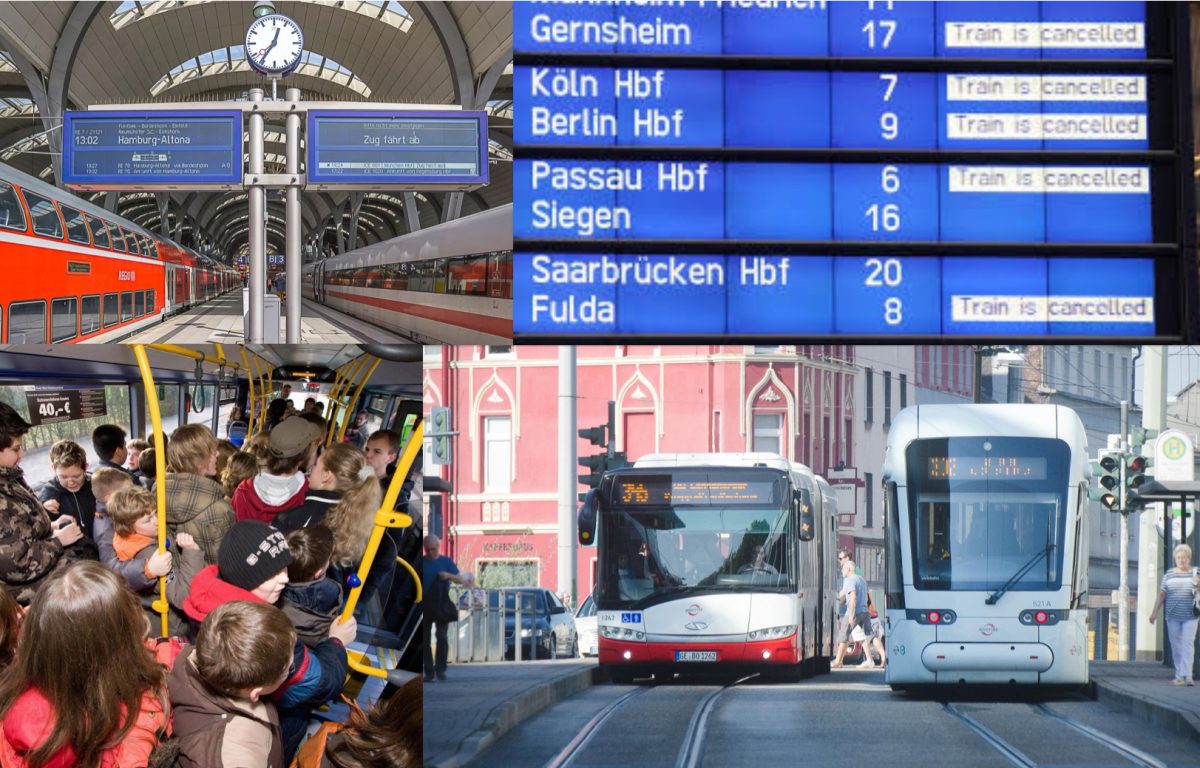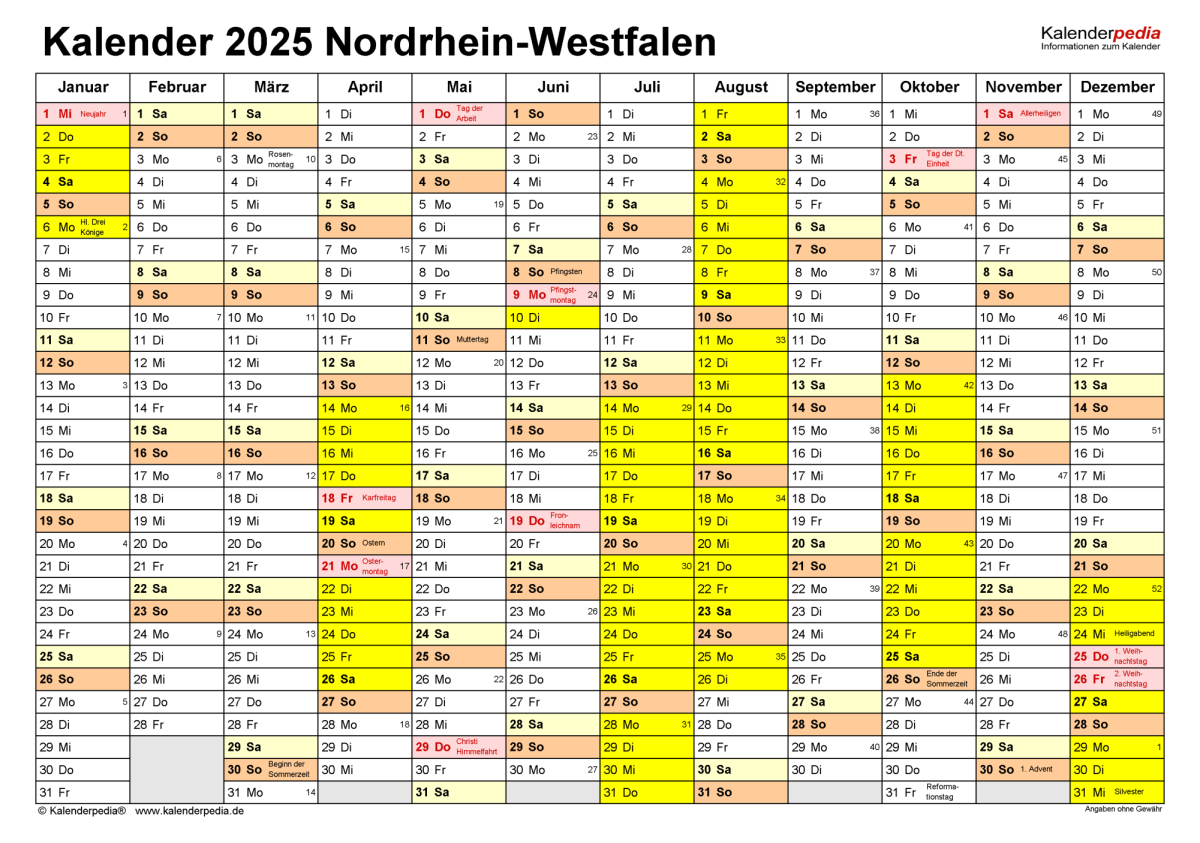Die Bratwurst is a big part of German food culture that nearly every German loves. It is one of, if not the most, popular foods in Germany and can be eaten for a family dinner or as a snack at big events, as it is sold in restaurants and stands. But what exactly is a Bratwurst, when was it first discovered, how did it become a big part of German food culture, how is it made and what does the Stadionwurst have to do with many Germans’ Saturday afternoon?
Die Bratwurst is defined as cut meat filled into a gut, although most producers today use artificial guts, then grilled in a pan or on a barbecue. The meat varies by region, although the traditional version is made out of pig meat. The process of creating the meal, though, doesn’t explain why it’s such a popular food. So many people love die Bratwurst because the cutting of the meat allows it to be flavored far better than steak or other grilled meats. The gut also makes die Bratwurst crisp, while the grilling gives it a nice color and delicious smell. No matter if self-made or bought at a stand, die Bratwurst gives people great memories from big events or family barbecues.
The idea of the Bratwurst was invented probably 3000 years ago, but how we know it today it was first mentioned on a bill in 1404 in Arnstadt, Thüringen, although there were already documents of a sausage barbecue in Nürnberg in the 14th century. The meal developed quickly, with a purity law being published in 1432 and first being mentioned on a menu in 1498. First, it was a way to survive for many people as it used the rest of the meat, proving essential to make it through the winter. Today it has become a popular food in big parts of Europe and the world, although not every Bratwurst is the same, as the meat and flavoring vary.
Die Bratwurst is a vital part of German food culture and, for many people, an essential part of their Saturday afternoons. But why is that? Soccer is a very popular sport in Germany, pulling many people to the stadium on Saturdays, the main day of the soccer week. No matter if fans go to the stadium of the first league team or to the field of the local soccer team, one thing nearly all of them have in common (besides drinking beer) is that at halftime they eat a Bratwurst. Combined with fries or in a crispy bread roll with mustard, curry sauce, onions, etc., it’s a big part of the two-hour experience. It’s noted that whenever people eat a Bratwurst, they are reminded of the great wins and games they watched live. Most people eat it in a stadion, the German word for stadium, and although there is not really a difference between a normal Bratwurst and a Stadionwurst, for most football fans it tastes different because it is connected with so many experiences and emotions. Stadionwurst is a big part of the game-watching experience.
A small tip for people who are vegetarian or vegan— you don’t have to fill meat in the artificial gut, so there are vegan and vegetarian versions that you can also make yourself! Although some people might complain that this isn’t a “Bratwurst”, it also tastes great and provides the German food culture experience.








